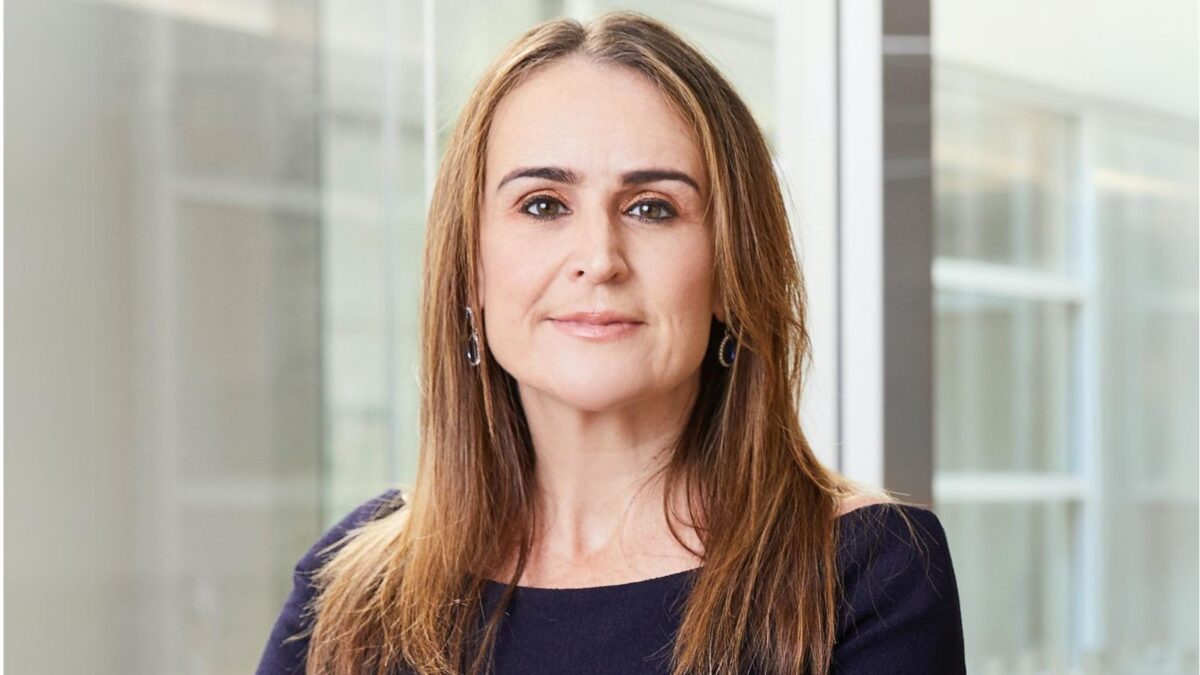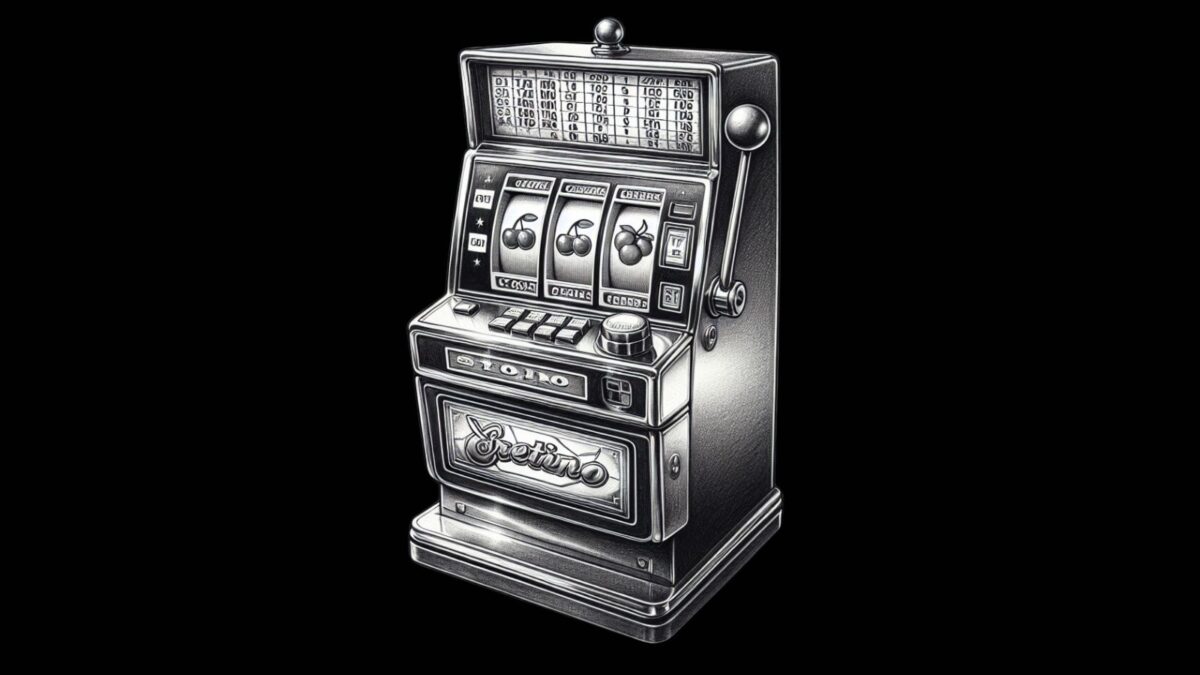Value cycles and factors: how to beat computers
by Greg Bright
Investment managers have forever been looking for new models with which to work. And, according to John Goetz, there is an unlimited number of factors which can go to make up those models. But models can’t do everything.
The New York-based managing principal and co-CIO of global value manager Pzena Investment Management was in Australia last week to speak with clients and prospects as well as the recently expanded local staff. Pzena has recruited Paul Whymper-Williams in Sydney as a director of business development and client services to complement David Taylor, who set up Pzena’s Australia and New Zealand presence, in Melbourne.
“What a model can’t do,” he said, “is know what’s actually going on in a business. No models have crystal balls. They all use historical data… We try to buy good businesses which are having a temporary problem or stress.”
One of Pzena’s tools is a quant screen which projects a company’s earnings based on its own historical data. The 2,000 companies in this universe are then ranked. “I would say that that is a factor in itself,” Goetz says of this tool. “Price-to-book is a pure value factor but you can’t use just one factor. If we did, we wouldn’t need a research team.”
He likes to use the example of a Pzena success story – the Japanese computer hardware manufacturer and IT services company Fujitsu – as a reason that computers were unlikely to replace people in funds management, notwithstanding the inroads of artificial intelligence. “At least not in my lifetime,” he says.
Traditionally, Pzena has not been a fan of Japanese companies, which have tended to be not-so shareholder friendly. They have tended to put the interests of product excellence and customer satisfaction first.
Pzena identified that Fujitsu looked a lot like IBM before it transformed itself into a services company after selling its PC manufacture and then its server businesses. At the time, Fujitsu was still “making everything, even phones”, Goetz says. “And they lost money on every piece of hardware they sold.”
The company had started an IT services business in Europe, to complement its well-performing one in Japan, which was still in cash burn phase. The Japanese IT services was very profitable. Fujitsu disclosed that it was thinking about a restructure, without giving anything much away.
Pzena studied the company and decided that even if its unprofitable lines, such as PC manufacture, were valued at zero, the stock was very cheap. Goetz says: “We visited the company and told them our views and they said that they were going to sell the PC business. We thought that would be difficult because they were one of only three PC makers left…. But, they did. They sold to Lenova [the Chinese manufacturer which had bought IBM’s ‘think pad’]… We have to go in and see whether a turn is possible. The goal is not to pay for the turn [invest too late].”
In terms of the value cycle, Pzena believes that we are still at the early stages of outperformance – the beginnings of a turn – which started in the US mid-way through last year. Value cycles – compered with growth and momentum styles – tend to run for several years. Goetz says: “When there is a turn, it can be very sharp.” But the current cycle does not yet classify as a ‘turn’ in Pzena’s methodology.
Since 1960, there have been five major value cycles. There length and the outperformance based on price-to-book over the entire universe are:
- 1973 to 1978 – 57-month cycle gave 12.7 per cent outperformance in the first 11 months and 127.2 per cent over the full cycle
- 1980 to1988 – 93-months, first 11 months 23.0 per cent, full cycle 264.4 per cent
- 1990 to 1995 – 58 months, first 11 months 29.4 per cent, full cycle 131.3 per cent
- 2000 to 2007 – 84 months, first 11 months 55.1 per cent, full cycle 176.9 per cent
- 2008 to 2014 – 67 months, first 11 months 35.4 per cent, full cycle 107.5 per cent.
Because of the nature of our share market, with a high concentration to resources and financials, Australia has often been out of kilter with the rest of the world. “Australia is one of the rare countries in the world which is not in a value cycle,” Goetz says. “The future looks too good.”
Goetz’s other co-CIO at Pzena is Rich Pzena, who founded the firm in 1996. The company launched an Australian-domiciled emerging markets trust last year and is looking to seed a local developed markets global trust this year.









